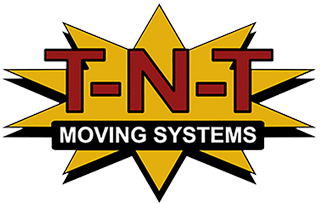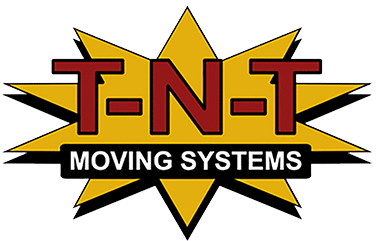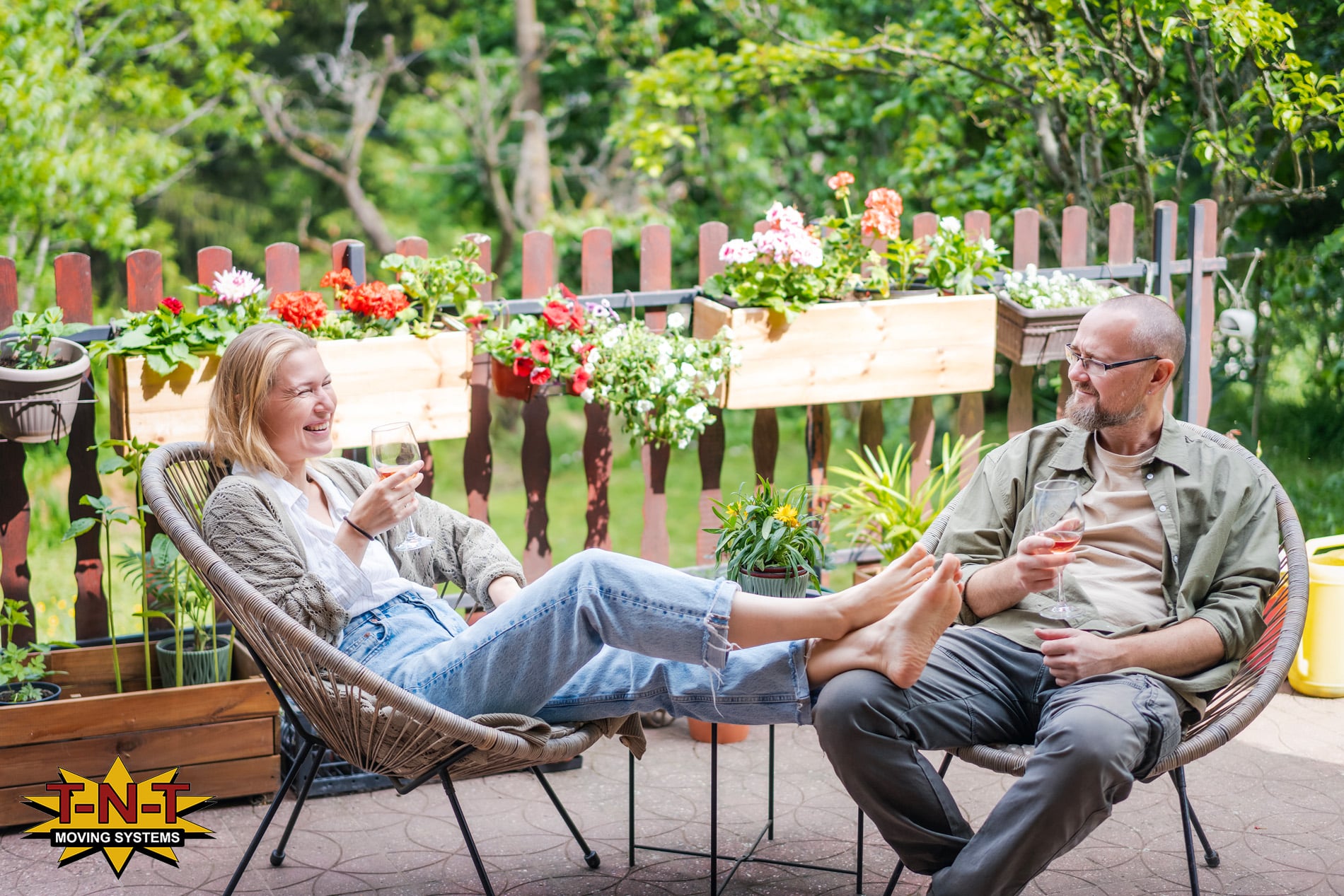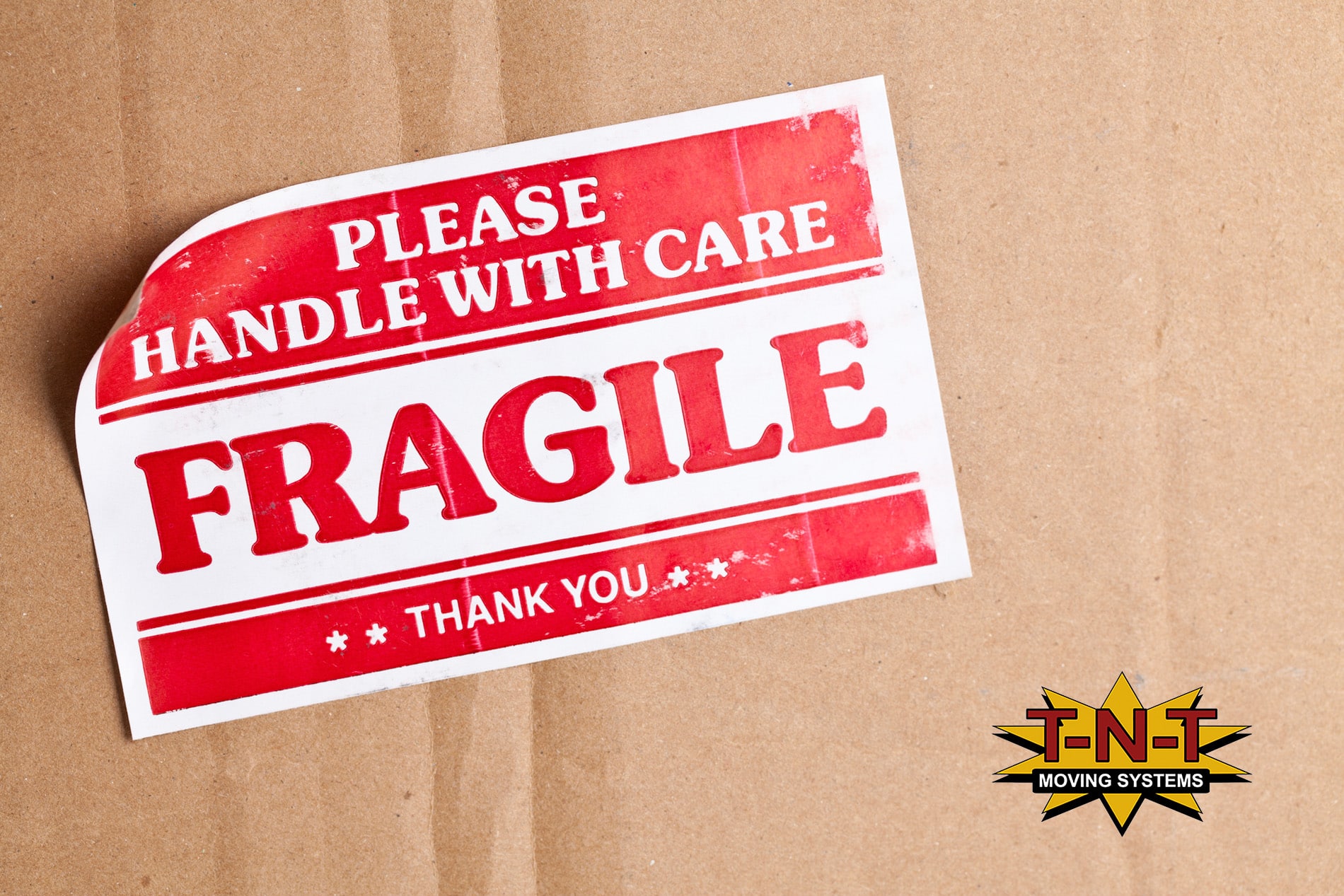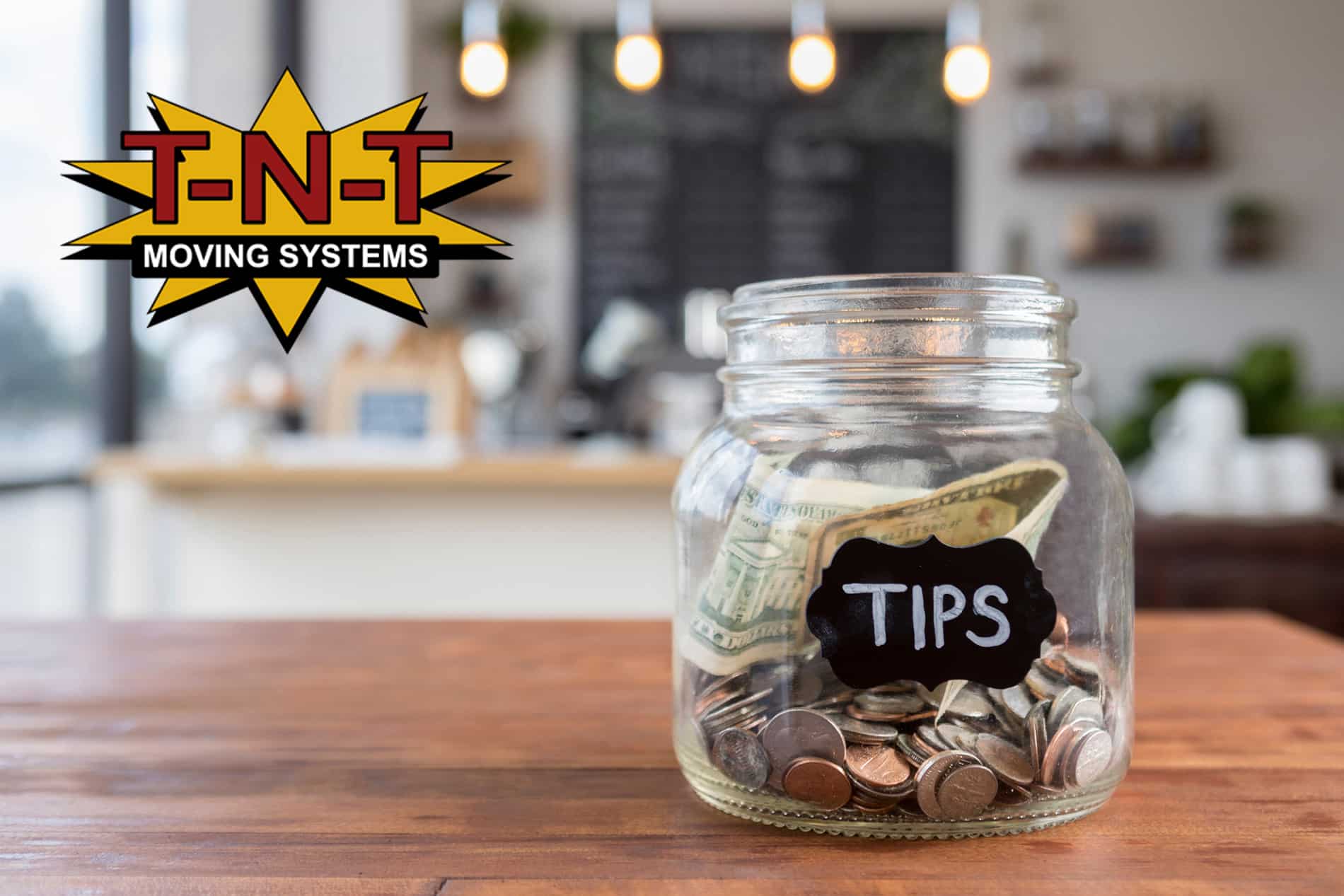Boxing Up Your Move

For the first time in decades, more Americans moved this year than the year before. This change in a set trend has caused more and more people to plan a move that’s likely to become stressful. If you’re one of those people, in all your planning you’ve likely thought more about boxes than you ever could have imagined.
While moving doesn’t always have to be difficult, especially if you hire professional movers like T-N-T Moving Systems, having some background on what to do with your moving materials will make the move as easy as possible.
And for those folks moving into apartments, T-N-T Moving Systems has a helpful list of resources for those renting in Mecklenburg County.
Do’s and Don’ts
Moving, like anything, can go smoothly with the right preparation, planning, and foresight. Below are some good things to keep in mind as you plan your next move.
Do: Know What You’re Moving
Having a correct assessment of what you want to move will save you some serious trouble. Knowing the correct number of boxes, and the necessary size and type to have in preparation for your move will prevent cramming and placing items in boxes that aren’t made for them.
You can roughly determine how many boxes you need based on the square footage of your home or apartment. (Though it’s important to remember, not everyone’s moving experience is the same.)
For the smaller homes (350-700 square feet)
7-15 small boxes
9-15 medium boxes
6 large boxes
3 extra-large boxes
For those with a little more space (700-1250 square feet)
17-23 small boxes
15-22 medium boxes
7-11 large boxes
4-6 extra-large boxes
The average needs (1200-1700 square feet)
32-37 small boxes
25-35 medium boxes
16-20 large boxes
10-12 extra-large boxes
Some larger homes (1700-2200 square feet)
38-42 small boxes
36-47 medium boxes
21-26 large boxes
13-15 extra-large boxes
Do: Donate
Easily one of the best ways to lighten your moving load is to donate some of your extra items. Since you’ll be moving everything you own, now is the best time to evaluate what you still want to hold on to. For instance, while packing up your closet, take a look at what clothes you aren’t wearing anymore. Items like older electronics that don’t see much use can provide some extra moving cash, and home tools and materials can go to re-stores that will put them to work helping your community.
Donating items you’re planning on never using will always trump hauling items in a move.
Do: Label your Boxes
Few things are more frustrating than tearing through box after box to find what you need to settle into your new home. Labeling your boxes early in your moving process can make unpacking surprisingly easy.
You don’t have to write a detailed list of every item in the box. Opting for categories, like “Cleaning Supplies” or rooms, like “Living Room,” will provide a good road map for both you and the potential movers you’ve hired to help.
Do: Consider a Mover
Having a trustworthy team to help you move can make a huge difference. While everyone may not want or need, a moving team, it’s something worth getting a quote on.
T-N-T Moving Systems offer reliable customer service, has an excellent record of positive customer testimony, and can ensure your beloved items get to your next home in one piece.
Do: Measure Your New Home
You never know what item could work in your new space until you’re there, though measuring your new home can help paint a picture of what you’ll be working with. Large furniture pieces have a tendency of seeming smaller in your former home versus the home you are planning to move into.
One way to know exactly what you can bring to your new home is by measuring out your rooms. It’ll also help show what pieces of furniture you may want to consider selling or donating if they turn out to be incompatible.
Don’t: Pack Hastily
In a move you have one clear objective, to finish as quickly as possible. Looking to the end of the process could cause you to cut corners, creating some major problems for you down the road.
Not wrapping your items before packing can leave sharp edges exposed, puncturing the box and other materials stored alongside them. Even worse, unprotected items are very likely to break while in transit.
That little bit of extra time and attention to detail while packing can save you from serious heartache later.
Don’t: Overpack
Much like packing hastily, overpacking places undue stress on your box and the items in it. While if you’re just a box short, or it’s out of reach, trying to place just one more item in can be tempting. However, much like the straw that broke the camel’s back, you never know when you’ve put too much in a box.
A way to avoid this altogether is to follow the advice of evaluating just how many boxes you need.
Another useful tip is to separate heavier items.
Never stuff all of your heavy items into one box. Even if it’s not visibly full it may be overpacked due to weight.
Don’t: Forget Anything
While this piece of advice may seem superfluous, you’ll likely have a lot going on during your move. Spaces rarely used, like attics, sheds, and other storage spaces, are often left unmoved and unchecked.
Having to circle back and buy more boxes, to hire movers again, or worst of all, to lose your belongings completely, are all possibilities if you forget to check every nook and cranny.
The Breakdown on Boxes
The box is the universal symbol of moving, being utilized for package shipment, storage, and moving. Simply put, the United States makes use of boxes frequently. In fact, 850 million tons of paper and cardboard end up in a landfill every year! Moving boxes, disposed of improperly, account for a good chunk of that waste.
Once you’re done with your move you may want to place your used boxes on your new curb and forget about them altogether. Though with just a few steps you can help lessen that amount going to the landfill and see some benefits.
If your boxes are still in great shape, look at giving them to a friend or family member who’s anticipating a big move. Maybe you have a nephew or niece preparing to go off to college, or a friend moving to the town over, whatever the case, taking a moment to consider who could make use of your boxes can prevent a lot of waste.
You can also try and sell your moving boxes on a local classified site. While you may be done with your move, you’d be surprised to see just how many people are looking to get reliable boxes, and how much they may be willing to pay for yours.
Alternatively, you may want to hold onto them. Solid boxes are useful outside of moving. Offering versatile use for storage, home projects (using cardboard as a backing in a piece of artwork works surprisingly well), and for your children to use as a potential playset, ripe for their imagination.
If you choose to part with your trusty boxes, first, break down your cardboard! This doesn’t just help the environment, it saves you room, makes moving them easier, and takes up less of your recycling bin. All of those bonuses allow for a streamlined process for their eventual recycling.
Packing Up
Moving doesn’t have to be difficult, especially when you’re moving boxes, not mountains. Having a plan and following the dos and don’ts of moving can make the process nearly perfect. Still, having a moving crew like T-N-T Moving Systems can really help you achieve perfection.
Few movers understand Mecklenburg County as well as T-N-T, further enforced by their status as the official movers of the Carolina Panthers. And the best thing is; they share that knowledge readily.
